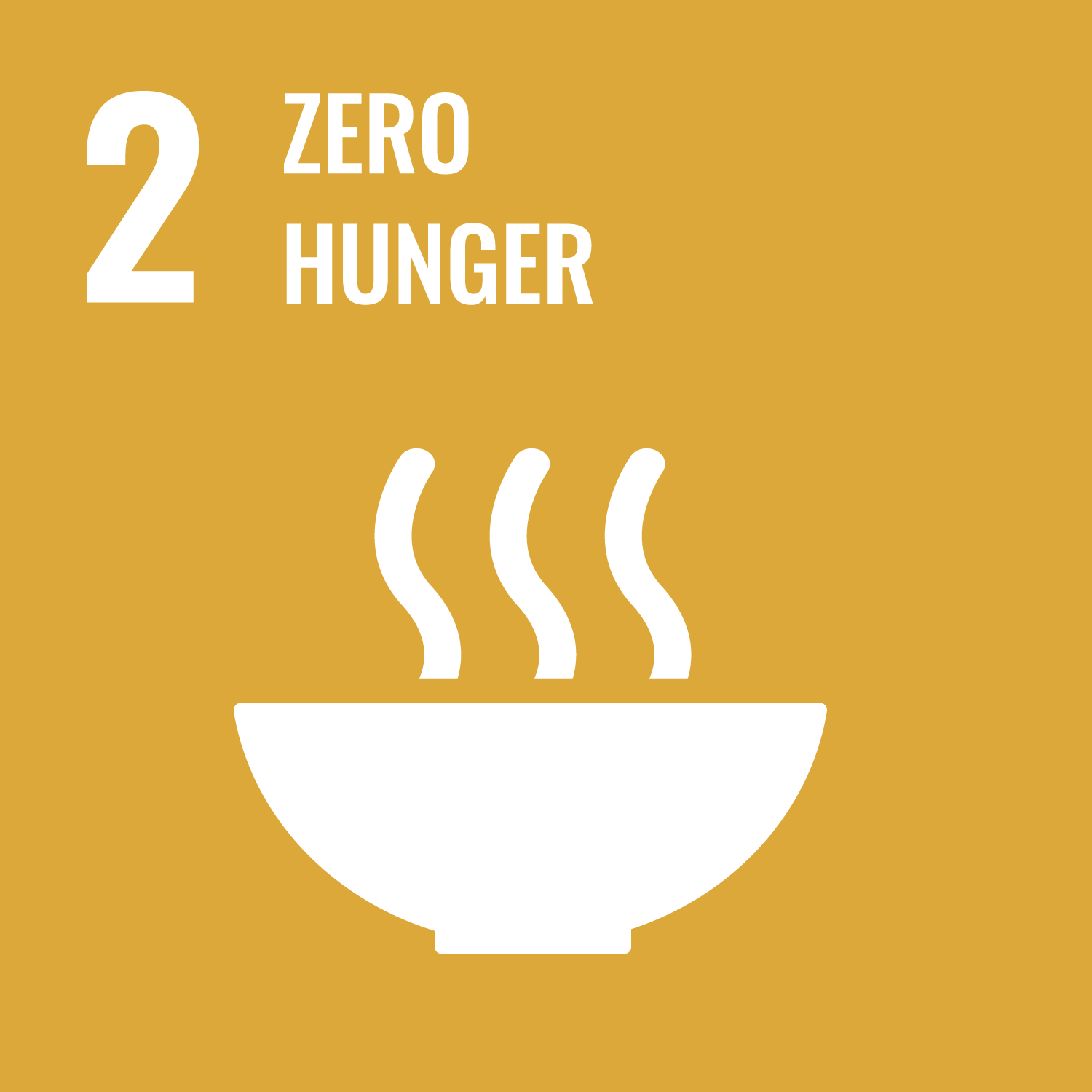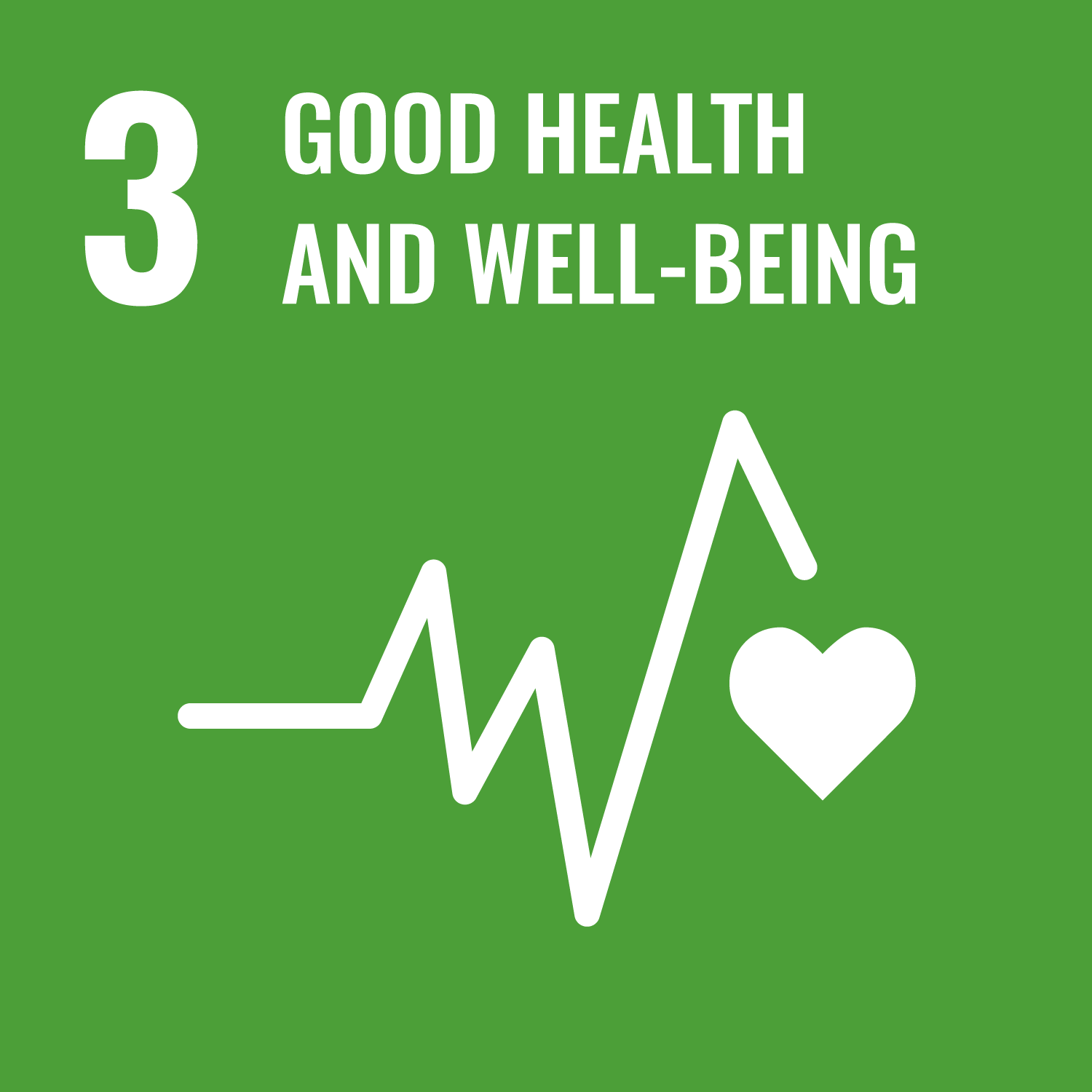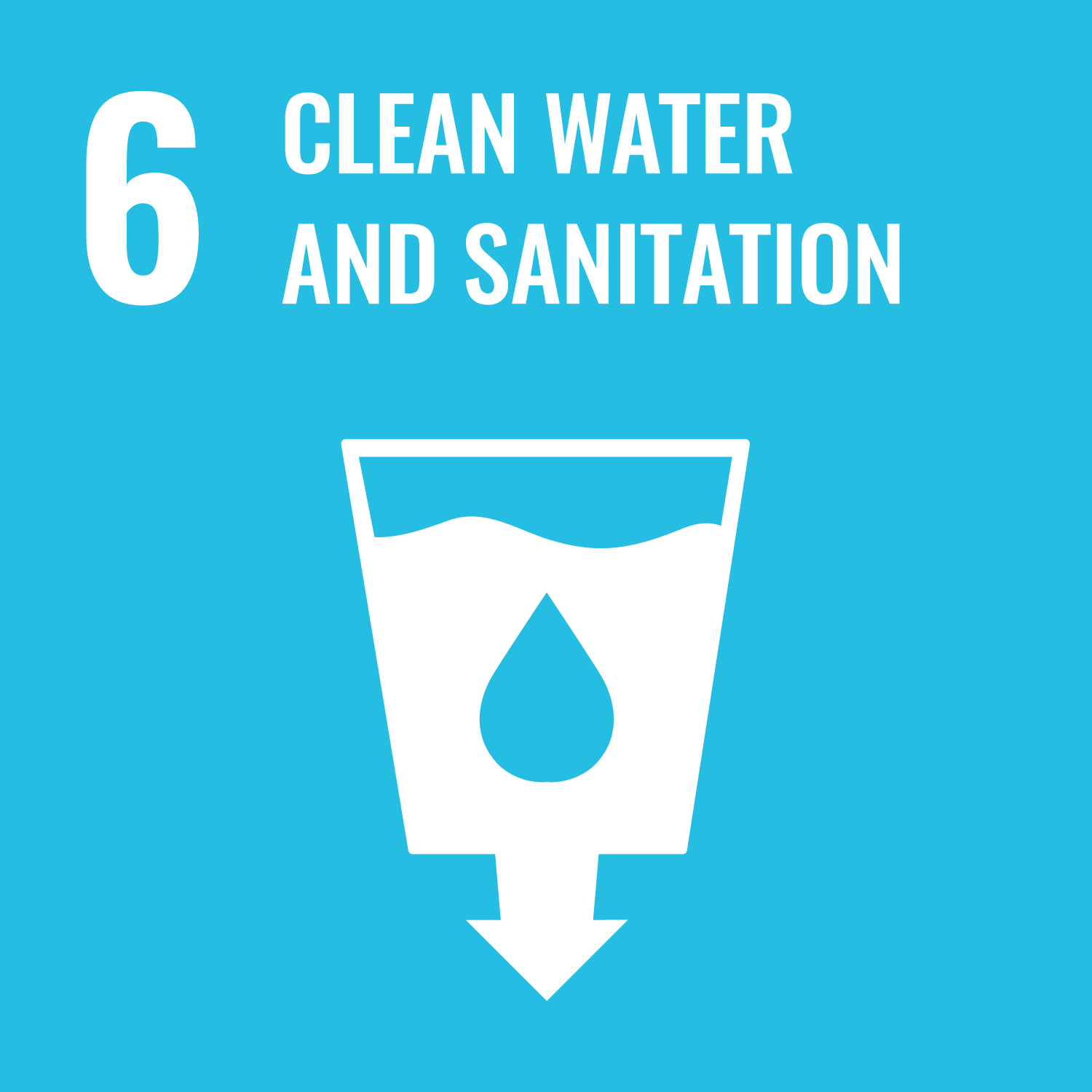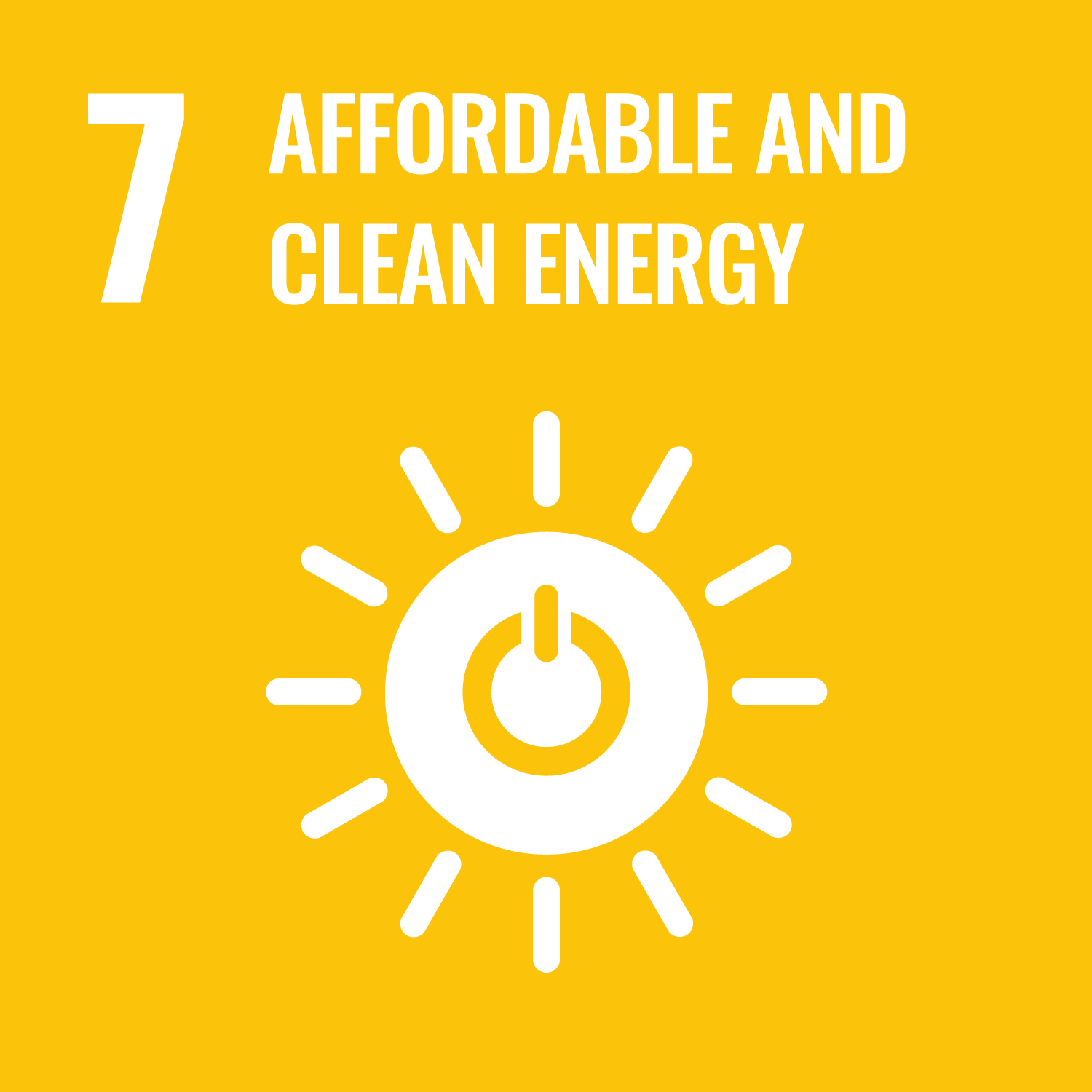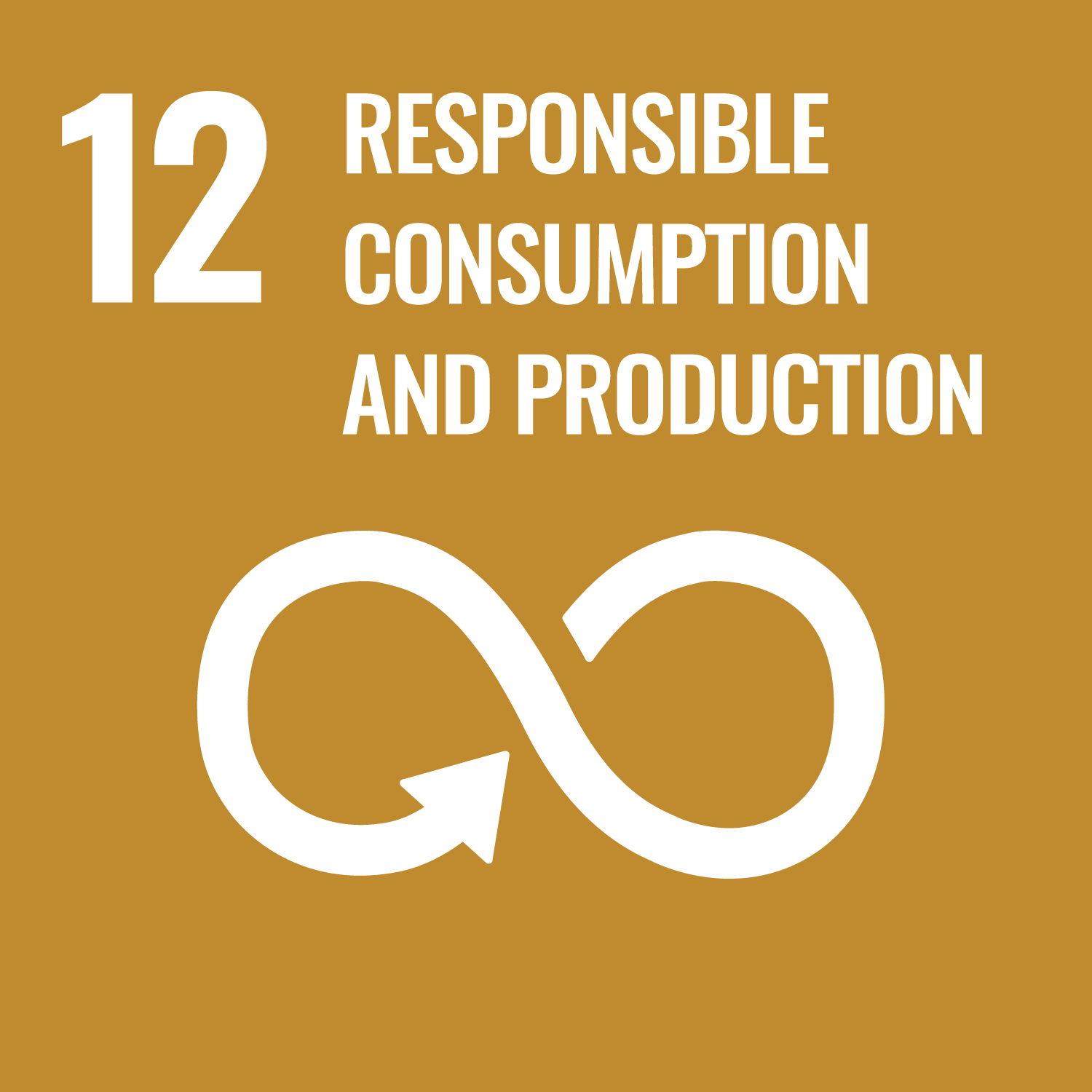To meet this goal, we need to improve agricultural productivity through resilient agricultural practices. These include the use of genetically diverse and resistant seeds. The latter are obtained by natural cross fertilisation over several decades or are genetically engineered (GE) in a comparatively shorter time by man in biotechnology laboratories.
Highly restrictive contractual agreement governs the use of private corporate GE seeds by farmers – such as limited rights to save and reuse the seeds from the GE crops. Farmers need to purchase the seeds every year from the corporates. The GE seeds grown on a farm do not evolve in real life farming conditions - and changing environmental conditions over the years - that challenge the stability of its biotechnologically attributed resistance. How far do these meet with sustainability?
Laboratories have ethical and social roles to play in addition to their expert capabilities to generate a bank of genetically diversified and potentially climate resistant seeds.

